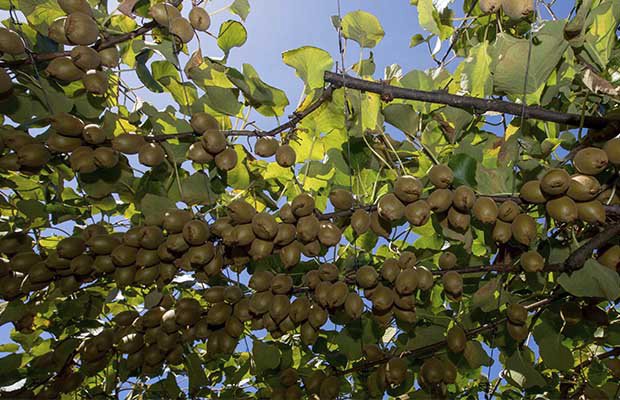While the sector gets through its seasonal quiet period as farmers focus on lambing and calving, several pointers show a confident view of the season ahead, the Real Estate Institute of New Zealand’s rural spokesman Brian Peacocke said.
In the year to the end of June, finishing farm sales were 37% higher than a year earlier, and dairy farm sales up 27%.
The All Farm Index fell 2.5% in the three months to the end of June, compared to the three months to the end of May, but the year ending June was up by 4.9%.
This index adjusts sales figures for difference in farm size, location and farming type, and is considered a more thorough measure than the median price index, which fell by 4.5% between May and June.
With finishing properties dominating the sales mix, Otago had the biggest increase in sales, up 13 on the same three-month period last year, with Gisborne up by nine sales, and Southland by seven.
Dairy farm sales volumes were lower in the June period than in May (59 compared to 89) but were ahead of the past two years. As well, the REINZ Dairy Farm Index rose by 17.7% on last year, but was marginally down in June compared to May. The median index is up 6.7% over the year.
As well as sales being 27% ahead of last year, dairy farm sales made up 13% of total sales. Peacocke said a highlight of the market was a late surge in Canterbury sales.
Canterbury also had very strong activity in finishing farm sales, as did Southland, while activity in north Waikato, eastern Bay of Plenty, Rotorua, and through all lower North Island provinces was steady.
A shortage of listings was also evident, partly because of the conversion of northern finishing farms to dairying in recent years, Peacocke said.
There was a reduction is sales volumes of arable properties in Canterbury, though some of the finishing properties sold would have been mixed sheep and cropping units.
The June period had a big fall-off in grazing property sales – marked by much lower median prices – in most regions except Northland, Manawatu-Wanganui, and Wairarapa-Wellington. The median price per hectare fell by 39% over the 12-month period.
In horticulture, the median price fell by 28.7% over the year, but Gold kiwifruit orchards in Bay of Plenty were hot property, with two reported sales of producing blocks in the $1 million per-canopy hectare range, Peacocke said.
The median price for all farms sold in the June period was $25,993/ha, compared to $26,361/ha a year earlier. For dairy farms, the median was $34,789, the same as in May, and up from $32,614/ha in June last year.
Finishing farm median prices were virtually steady from May to June at $26,163/ha, up from $25,942/ha more than a year earlier.
The downward move for grazing properties meant a media price of $10,093/ha in the three months to June, from $14,160/ha in May, and $16,604 in June last year.
The general reduction in sales at this time of year was in-line with the autumn-winter trend of recent years, Peacocke said.
However, sector morale was buoyant, with a positive price outlook for most farm products. An indication of this confidence was the record attendance at National Fieldays in Waikato last month, with strong activity in vehicles and farm machinery.










